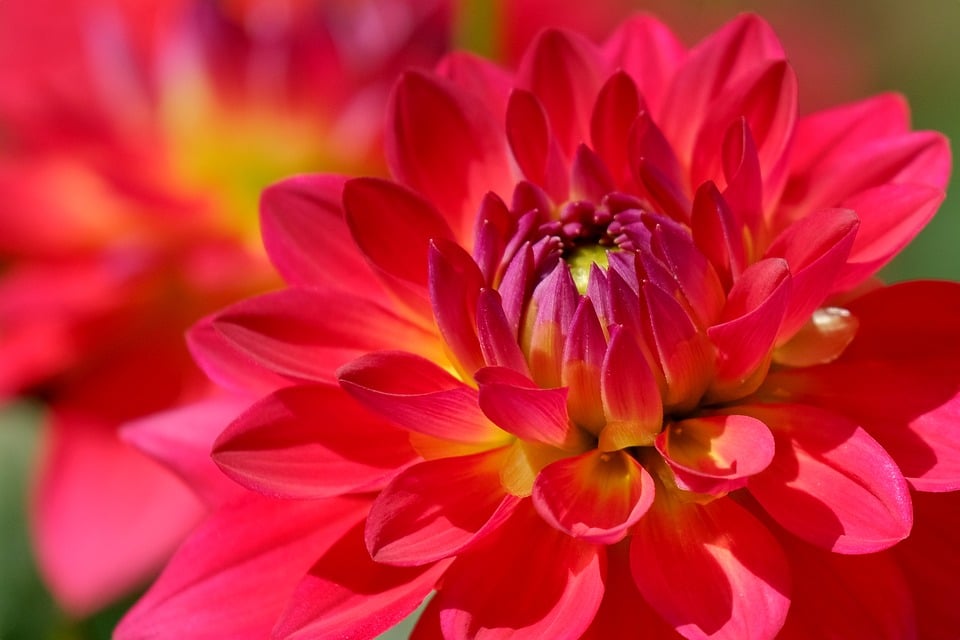Creativity is a complex and multifaceted phenomenon that has fascinated scientists, artists, and thinkers for centuries. The ability to think outside the box, to come up with novel ideas, and to express oneself in unique ways is a hallmark of human cognition. But what exactly goes on in the brain when we engage in creative activities? How do neural patterns influence our creative abilities? In this article, we will delve into the intricate relationship between brain patterns and creativity, exploring the historical context, current state of research, and future predictions in this exciting field.
The Historical Context of Brain Patterns and Creativity
The study of creativity dates back to ancient times, with philosophers, artists, and thinkers pondering the nature of innovation and inspiration. However, it wasn’t until the late 20th century that researchers began to investigate the neural mechanisms underlying creative thinking. Early studies using EEG technology revealed that creative individuals exhibit distinct brain wave patterns compared to non-creative individuals. These findings set the stage for further exploration into the link between brain patterns and creativity.
The Current State of Research on Brain Patterns and Creativity
Recent advances in neuroimaging techniques, such as fMRI and PET scans, have allowed researchers to study brain activity in real-time during creative tasks. These studies have revealed that different brain regions are involved in various aspects of creativity, such as idea generation, problem-solving, and artistic expression. For example, the prefrontal cortex is responsible for cognitive control and executive functions, while the temporal lobes are involved in language processing and semantic memory. By analyzing the neural pathways involved in creative thinking, researchers are gaining valuable insights into how the brain generates new ideas and fosters innovation.
Future Predictions and Practical Applications
As our understanding of brain patterns and creativity continues to evolve, so too do the possibilities for practical applications. By harnessing this knowledge, educators, therapists, and creative professionals can develop innovative strategies to enhance creative thinking skills. For example, neurofeedback training, which involves monitoring and regulating brain activity in real-time, has shown promising results in improving creative performance. By providing individuals with feedback on their brain patterns during creative tasks, they can learn to optimize their cognitive processes and maximize their creative potential.
Some key practical applications of brain patterns and creativity include:
– Developing personalized creative training programs based on individual brain profiles
– Using neurostimulation techniques, such as transcranial magnetic stimulation, to enhance creative thinking abilities
– Incorporating mindfulness practices and meditation to cultivate a conducive mental state for creativity
– Collaborating with neuroscientists, psychologists, and artists to explore interdisciplinary approaches to creativity enhancement
Conclusion
In conclusion, the link between brain patterns and creativity is a fascinating area of research that holds immense potential for understanding the human mind. By uncovering the neural mechanisms underlying creative thinking, we can unlock new possibilities for enhancing innovation, problem-solving, and artistic expression. As we continue to explore this complex relationship, it is clear that the intersection of neuroscience and creativity has much to offer in terms of personal growth, professional development, and societal progress. Thank you for joining us on this journey of exploration, and we invite you to delve deeper into the fascinating world of brain patterns and creativity through further resources and research.
